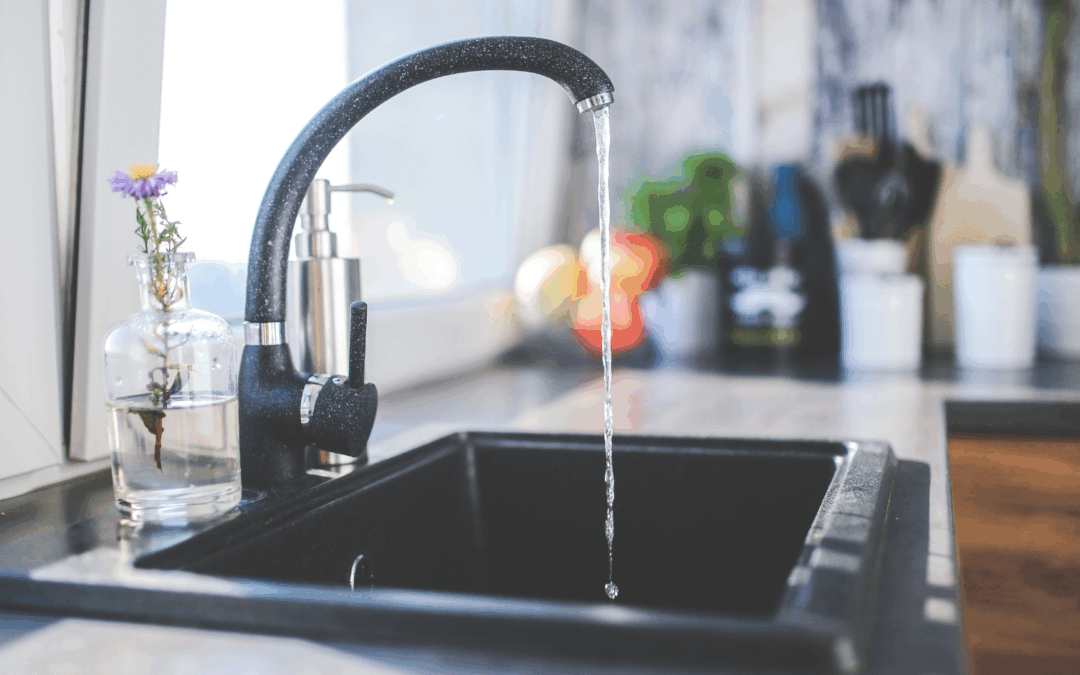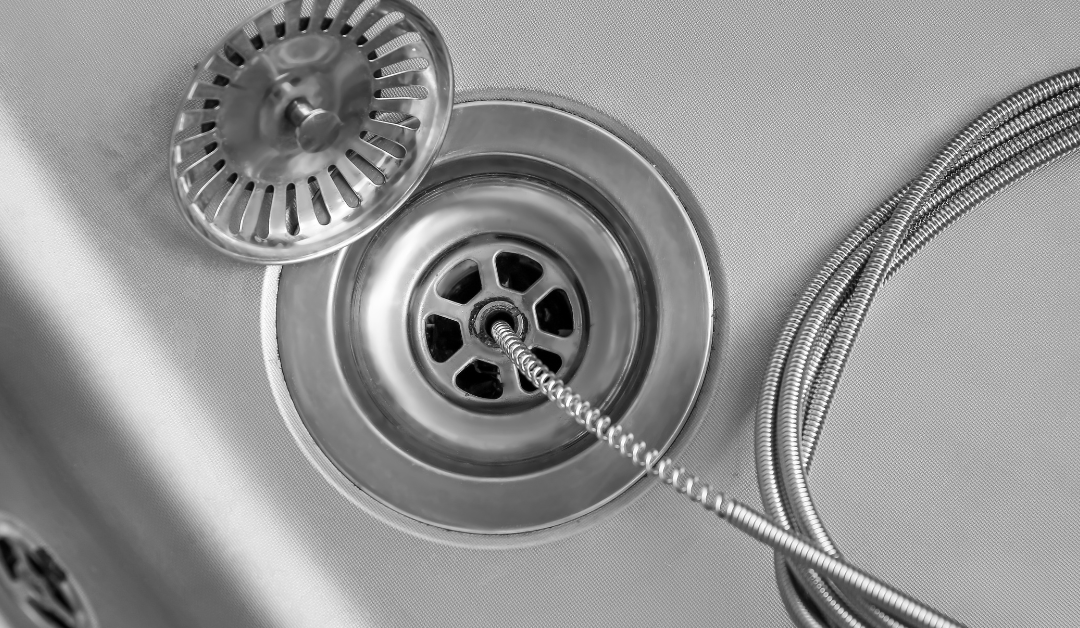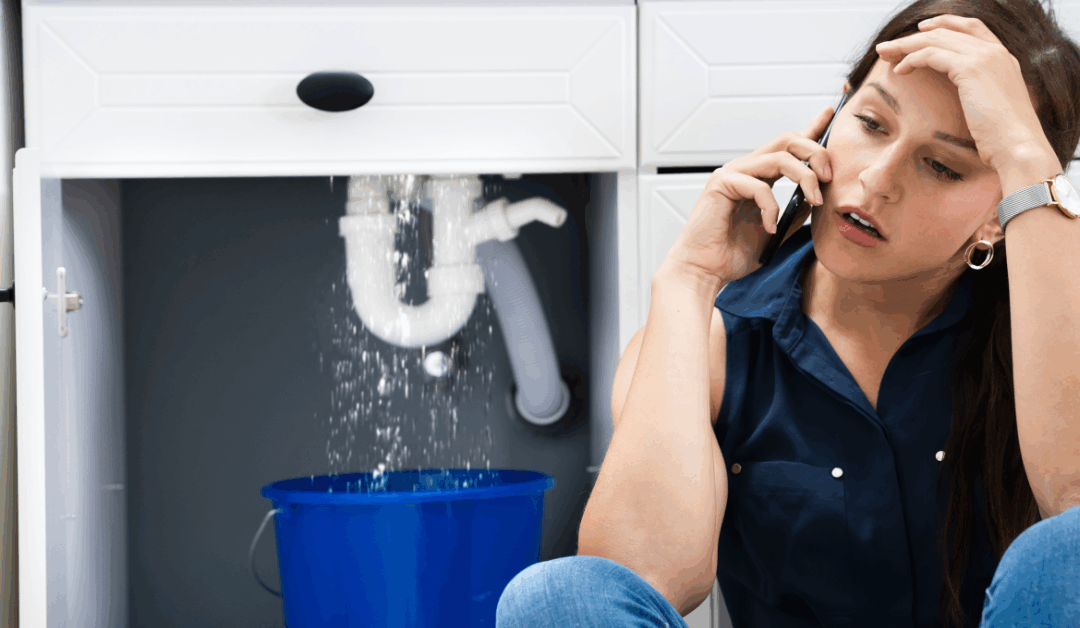Ever wondered, ‘How does a sump pump work?’
Flooded basements. Water damage. A spike in your stress levels. These are just a few of the grim scenarios a sump pump is designed to tackle. Whether you’re a seasoned homeowner, a curious DIY enthusiast, or someone who’s just moved into their first home, understanding how sump pumps work is essential for protecting your property from water damage.
This comprehensive guide breaks down everything you need to know about sump pumps—how they function, how to maintain them, common issues, and when you might need a replacement.
Schedule Service Online
Get a free estimate so you know what you're signing up for
"*" indicates required fields
For Emergency Services Call: 410-255-9300
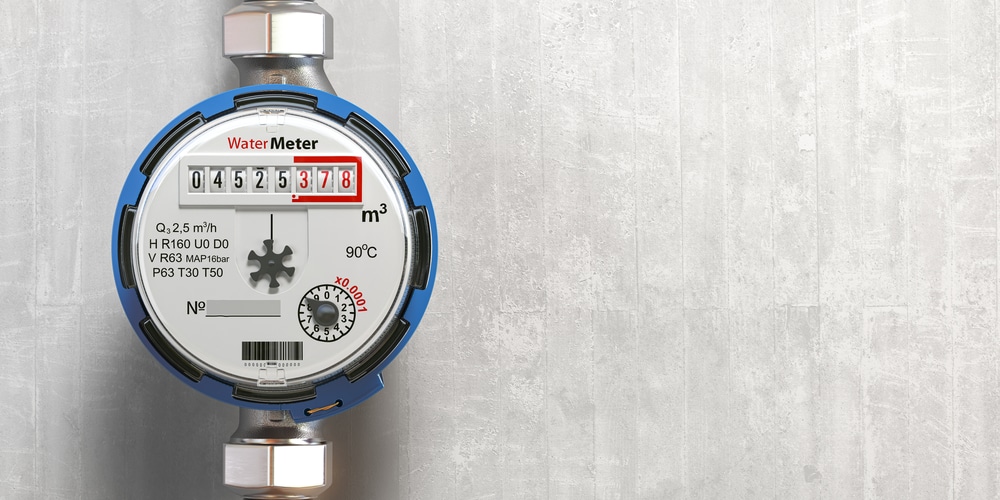
What Is a Sump Pump?
At its core, a sump pump is a device that prevents your basement or crawl space from flooding. It pumps water out of a sump pit (a specially constructed basin) and directs it away from your house through the discharge pipe.
Sump pumps are especially crucial in areas with high water tables, heavy rainfall, or homes prone to excess water accumulation due to poor drainage. Having one ensures your basement floor stays dry and your home continues to function smoothly.
The Anatomy of a Sump Pump System
To truly understand how sump pumps work, you need to familiarize yourself with their main components. Here’s a breakdown of the critical parts of a sump pump system:
- Sump Pit or Sump Basin: A hollow pit or basin typically located in the lowest part of your basement. This is where excess water accumulates.
- Float Switch: The mechanism that activates the pump when water in the sump pit reaches a specific level. Common types include tethered float switches, vertical float switches, and pressure switches.
- Primary Sump Pump: The main pump that handles water in normal situations.
- Discharge Pipe and Check Valve: The discharge pipe directs water out and away from your house, while the check valve prevents backflow into the sump pit.
- Power Source: Most primary sump pumps are powered by electricity, which makes them prone to failure during a power outage.
Importance of a Sump Pump
A sump pump is a crucial component for homeowners, especially those with basements or areas prone to flooding. Here are some key reasons why a sump pump is important and how it contributes to protecting your home:
Prevents Basement Flooding: Heavy rainfall, melting snow, or rising groundwater levels can lead to water accumulation in your basement. A sump pump eliminates this risk by directing excess water away from your home, keeping your basement safe and dry.
Protects Structural Integrity: Water damage can weaken your home’s foundation over time, leading to cracks and costly repairs. A sump pump helps prevent water from seeping into the foundation, ensuring your home remains sturdy and secure.
Avoids Mold and Mildew Growth: Moisture in your basement can create the perfect environment for mold and mildew to thrive. This not only damages your belongings but can also pose serious health risks. A sump pump reduces moisture levels, helping to maintain air quality and prevent potential health issues.
Safeguards Valuables: Many homeowners use basements to store valuables, seasonal equipment, or sentimental items. A sump pump acts as a safeguard, protecting these belongings from water damage in the event of a flood.
Prevents Electrical Damage: A flooded basement can cause significant damage to electrical systems and appliances stored on lower levels. By efficiently removing water, a sump pump reduces the risk of electrical hazards or costly replacements.
Adds Peace of Mind: Knowing your home is equipped with a reliable sump pump can offer peace of mind during storms and heavy rains. It prevents the stress and financial burden associated with water damage repairs.
Investing in a quality sump pump system is essential for safeguarding your home. Routine maintenance and timely upgrades ensure that it performs effectively when you need it most.
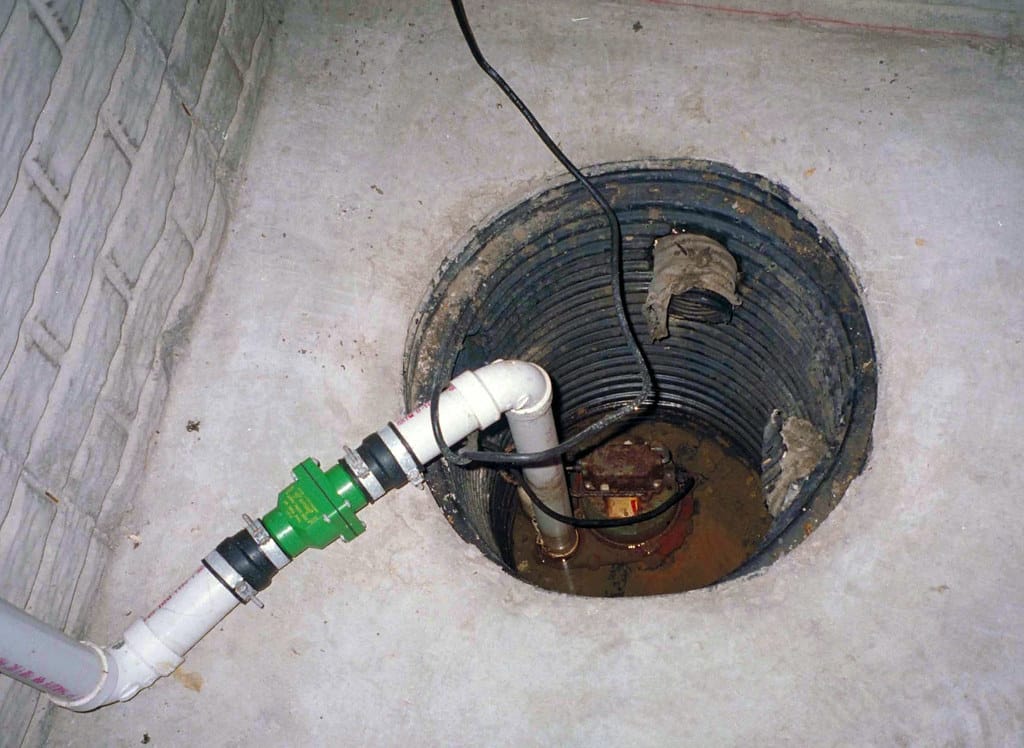
Pedestal Sump Pumps vs. Submersible Sump Pumps
There are two main types of sump pumps to choose from—submersible and pedestal pumps. Both have their pros and cons, depending on your home’s specific needs.
1. Submersible Sump Pumps
- How it works: Submersible pumps sit inside the sump pit, fully submerged in water.
- Advantages: Quieter operation. More efficient at pumping large amounts of water. Sealed motor provides a longer lifespan.
- Disadvantages: Higher initial cost. Requires more space in the sump pit.
2. Pedestal Pumps
- How it works: The motor sits above the sump pit, and only the pump base is submerged.
- Advantages: Cost-effective and easier to maintain. Takes up less sump pit space.
- Disadvantages: Noisier during operation. Slightly less efficient at high volumes of water.
Battery Backup Sump Pump Systems for Peace of Mind
Even the most reliable primary pump can fail. A power outage, mechanical problem, or stuck float switch can leave your home vulnerable. That’s where backup sump pump systems come into play.
Battery Backup Sump Pumps: A battery-powered backup pump kicks in when the primary sump pump fails. This ensures uninterrupted operation during power outages or excess water events. A car battery or specially designed battery typically powers these systems.
Water Powered Pumps: Use your home’s municipal water supply to pump water when the primary pump fails. A great option as long as your city water system remains functional. However, water pressure needs to be sufficient for continuous operation.
How Does a Sump Pump Work? Breaking Down the Process
Water Accumulates in the Sump Pit
Rainfall, groundwater seepage, or burst pipes can lead to water collecting in your sump pit.
Float Switch Activates the Pump
As the water level rises, the float switch engages the pump. When using a stuck float switch or a failing float valve, issues such as sump pump failure might occur. Regular maintenance can help mitigate this.
Water Is Pumped Out
The primary pump removes water from the sump basin through the discharge pipe and into a designated drainage area safely outside your home.
Check Valve Prevents Backflow
Once the water is pumped out, the check valve ensures it doesn’t flow back into the sump pit, maintaining a continuous cycle of operation.
Common Issues and How to Prevent Them
Primary Sump Pump Fails
- Cause: Power outage, old age, or a mechanical problem.
- Solution: Install a backup sump pump system for when your main pump gives out.
Blocked Discharge Line
- Cause: Debris, freezing, or improper sump pump installation.
- Solution: Regularly clean and inspect the discharge pipe to ensure proper sump pump discharge.
Stuck Float Switch
- Cause: Debris or improper alignment of the float switch.
- Solution: Clear the debris and replace the float switch if necessary.
Pump Runs Continuously
- Cause: Malfunctioning float switch or an improperly sized pump.
- Solution: Check the float switch alignment or upgrade to a pump that fits your sump pit’s requirements.
Tips for Basic Sump Pump Maintenance
Routine maintenance ensures your sump pump works efficiently when you need it most. Here’s what you can do:
- Inspect Regularly: Check for debris in the sump pit, discharge pipe, and around the pump motor.
- Test the Pump: Pour enough water into the sump basin to trigger the float switch and monitor the pump’s operation.
- Check the Battery Backup: For battery-powered backups, ensure the battery is fully charged and functional.
- Schedule a Professional Inspection: Have an expert review your sump pump installation and operation once a year.
When to Replace Your Sump Pump
Like any appliance, sump pumps have a lifespan—typically 7–10 years. You may need a sump pump replacement sooner if you notice issues like excessive noise, rust, or reduced efficiency. Always consult a plumber when you’re unsure about the condition of your pump.

When to Call a Professional Plumber Like MD Sewer and Plumbing
While a sump pump is a reliable tool for protecting your home, there are times when professional assistance is essential to ensure it continues to function effectively. Here are some clear signs that it’s time to call a professional plumber like MD Sewer and Plumbing:
Unusual Noises
If your sump pump makes loud or strange noises during operation, it could indicate mechanical issues or worn-out components that need professional diagnosis and repair.
Irregular Cycling
A sump pump that frequently turns on and off, even during dry periods, may have a faulty float switch or improper installation. A plumber can address the root of the issue.
Lack of Performance
If water is not being drained efficiently or your basement remains damp despite regular pump operation, there may be clogs, blockages, or pump damage that requires expert attention.
Visible Damage or Corrosion
Rust, cracks, or visible wear on your sump pump can compromise its effectiveness. A professional plumber can assess the situation and recommend repairs or a replacement if needed.
Power or Backup Failures
If your sump pump fails to operate during a power outage or its battery backup malfunctions, a professional can troubleshoot the system and suggest options for reliable backup solutions.
Calling a trusted plumber like MD Sewer and Plumbing ensures that issues are resolved promptly, preventing costly water damage and maintaining the safety of your home. Don’t hesitate to reach out at the first sign of trouble to keep your sump pump working efficiently.
Top 6 Products and Brands for Sewer and Plumbing Maintenance
Maintaining your sewer and plumbing system is made easier with the right tools and products. Here are six top products and brands that are trusted for their effectiveness and reliability.
- RIDGID Drum Augers: Known for their durable and professional-grade tools, RIDGID offers drum augers that are perfect for clearing clogs in sinks, tubs, and shower drains. This tool is designed for ease of use and long-term performance. Purchase RIDGID Drum Augers
- Green Gobbler Drain Cleaner: Green Gobbler is an eco-friendly drain cleaner that effectively dissolves hair, grease, soap scum, and other organic clogs without the harsh chemicals. It’s safe to use on a variety of pipes and septic systems. Purchase Green Gobbler Drain Cleaner
- Bio-Clean Drain Septic Bacteria: Bio-Clean is a natural product that uses bacteria and enzymes to break down organic waste in drains and septic systems. It’s a great choice for preventative maintenance and keeping your system healthy. Purchase Bio-Clean
- Moen Flo Smart Water Monitor and Shutoff: This innovative device by Moen monitors your system for leaks, pressure changes, and abnormal water usage. It can even automatically shut off the water in case of a major leak. Purchase Moen Flo Smart Water Monitor
- ZOELLER M53 Mighty-Mate Submersible Sump Pump: The ZOELLER M53 is a highly reliable sump pump used to prevent basement flooding and manage excess water. Its durable cast iron construction ensures long-lasting performance . Purchase ZOELLER M53 Mighty-Mate
- Liquid-Plumr Full Clog Destroyer: A household staple for stubborn clogs, Liquid-Plumr’s Full Clog Destroyer is tough on grease, soap scum, and hair while being safe for pipes when used as directed. Purchase Liquid-Plumr
By investing in these products and tools, you can proactively maintain your plumbing system, address clogs quickly, and prevent costly repairs down the line.
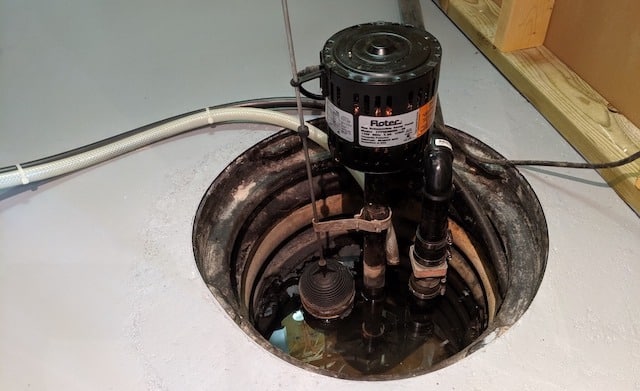
Protect Your Home with the Right Sump Pump System
A sump pump isn’t just a piece of equipment; it’s peace of mind. It ensures that you never have to worry about excess water damaging your home, destroying valuable items, or creating an unsafe space. From choosing the right type of pump to maintaining it properly, a little knowledge goes a long way in keeping your home’s sump pump operating effectively.
If you’re experiencing issues or think you might need a new sump pump, consult a local plumber or explore trusted hardware stores for reliable options. A small investment now can save you significant stress and expenses in the future.=


